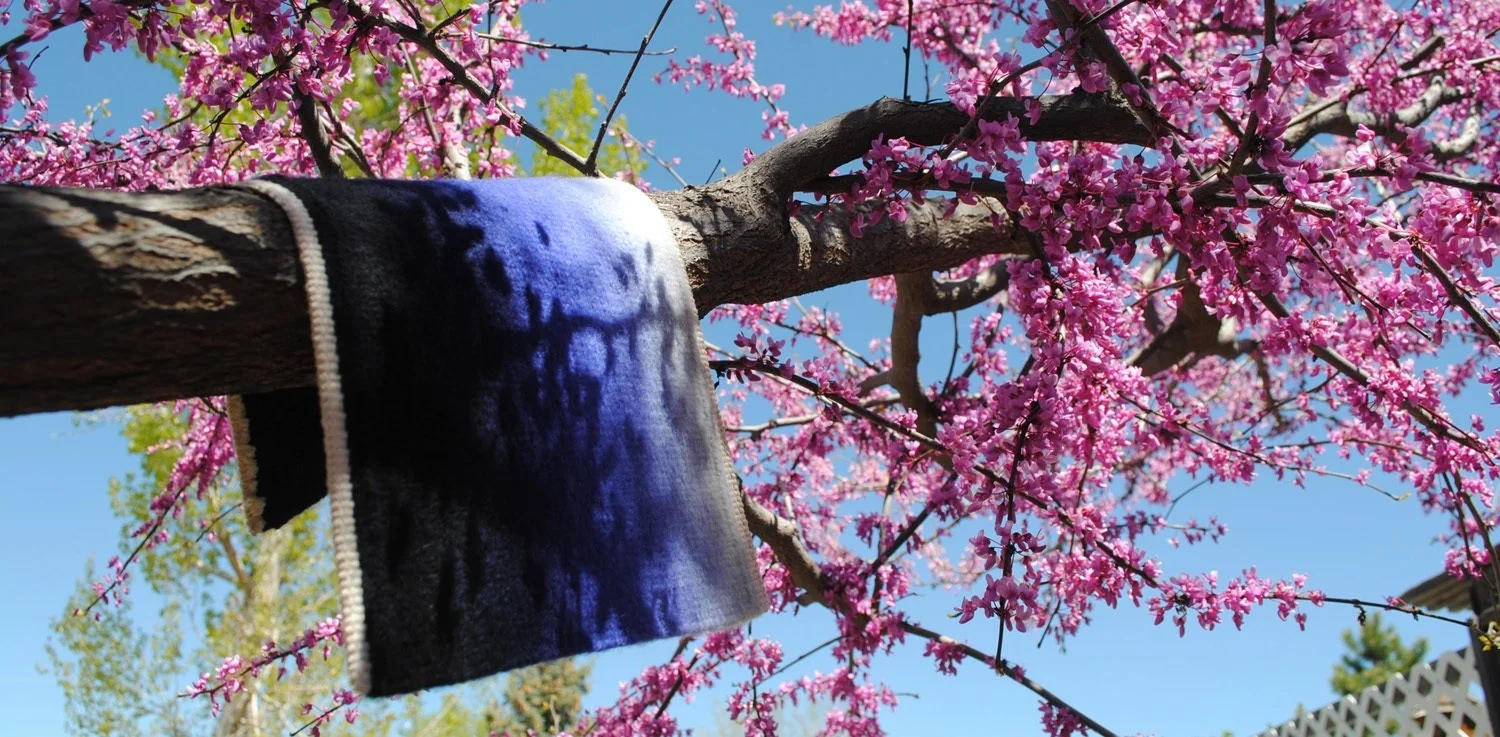I am always amazed at how freaked out people in Colorado get at the threat of a little snow. I expect it from people in the South or even in New Mexico (where it does snow sometimes!). But I really think Colorado should be able to handle the white stuff.
I blame the hype entirely on the media. Days and days of, "the world is going to screech to a halt as a massive storm slams into the Rockies undoubtedly stopping the world on its axis and causing your corner supermarket to be out of white bread. Prepare yourself! (here is how to do it... watch Channel X news continuously for the next week and talk endlessly with your colleagues about how horrible it is going to be and maybe we should just stay home)"
When the promised storm brought little snow on Sunday, I scoffed. But the hype continued.
Yesterday it started snowing.
And it didn't stop.
And I shoveled.
Twice.
And still it didn't stop.
I went to the grocery store.
There was still white bread, but I was hard pressed to find Swiss cheese.
I got some unexpected help from TWO neighbors with snow blowers at dusk last night. Turns out the 40-something dads who have kept that old rusty thing in the back of the garage for the last five years unused, will bust it out when the snow total exceeds 10 inches. Or maybe they just felt sorry for the sweaty lady with the deep corner lot.
And still it didn't stop.
And today Colorado State University and all the schools were cancelled and the roads were quiet except for the snow plows.
It has stopped.
I gave up the shoveling effort after two-thirds of a two-car driveway and 50 yards of a 200 yard sidewalk.
I'm hoping one of those neighbors gets frisky with that snow blower again.
I'm going back to weaving.
Because that is my post-apocalyptic life skill.
I blame the hype entirely on the media. Days and days of, "the world is going to screech to a halt as a massive storm slams into the Rockies undoubtedly stopping the world on its axis and causing your corner supermarket to be out of white bread. Prepare yourself! (here is how to do it... watch Channel X news continuously for the next week and talk endlessly with your colleagues about how horrible it is going to be and maybe we should just stay home)"
When the promised storm brought little snow on Sunday, I scoffed. But the hype continued.
Yesterday it started snowing.
And it didn't stop.
And I shoveled.
Twice.
And still it didn't stop.
I went to the grocery store.
There was still white bread, but I was hard pressed to find Swiss cheese.
I got some unexpected help from TWO neighbors with snow blowers at dusk last night. Turns out the 40-something dads who have kept that old rusty thing in the back of the garage for the last five years unused, will bust it out when the snow total exceeds 10 inches. Or maybe they just felt sorry for the sweaty lady with the deep corner lot.
And still it didn't stop.
And today Colorado State University and all the schools were cancelled and the roads were quiet except for the snow plows.
It has stopped.
I gave up the shoveling effort after two-thirds of a two-car driveway and 50 yards of a 200 yard sidewalk.
I'm hoping one of those neighbors gets frisky with that snow blower again.
I'm going back to weaving.
Because that is my post-apocalyptic life skill.
































